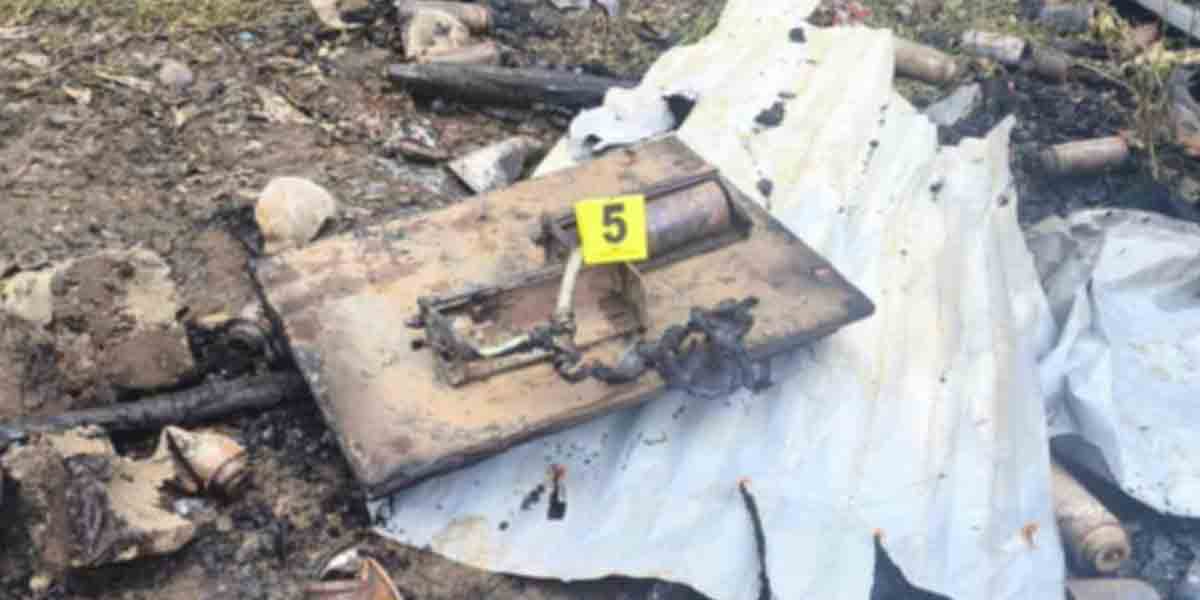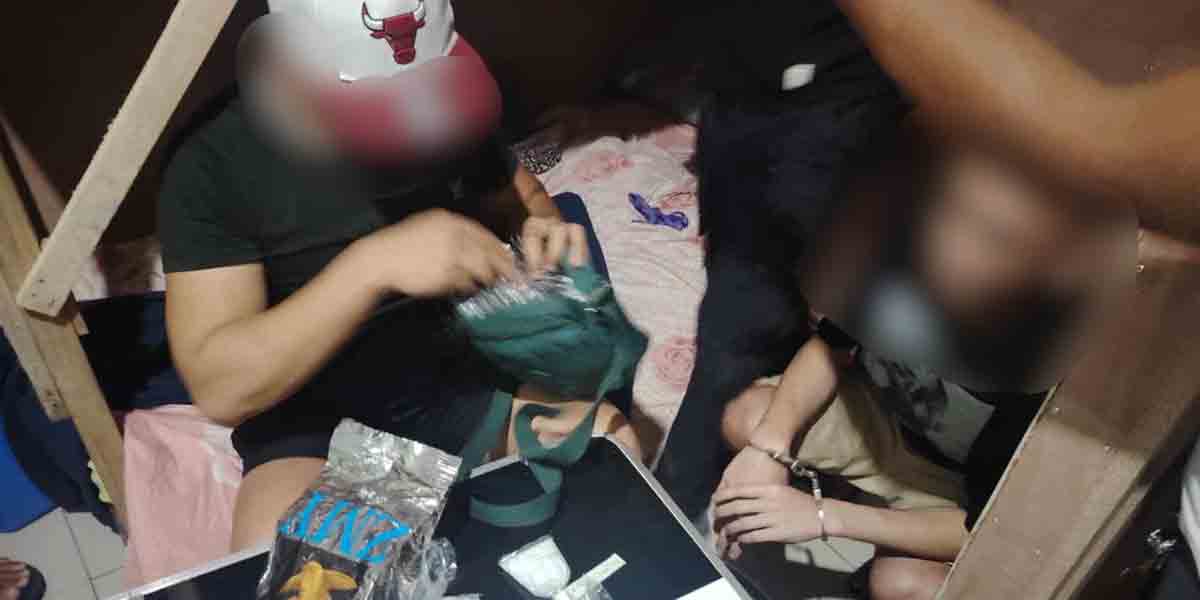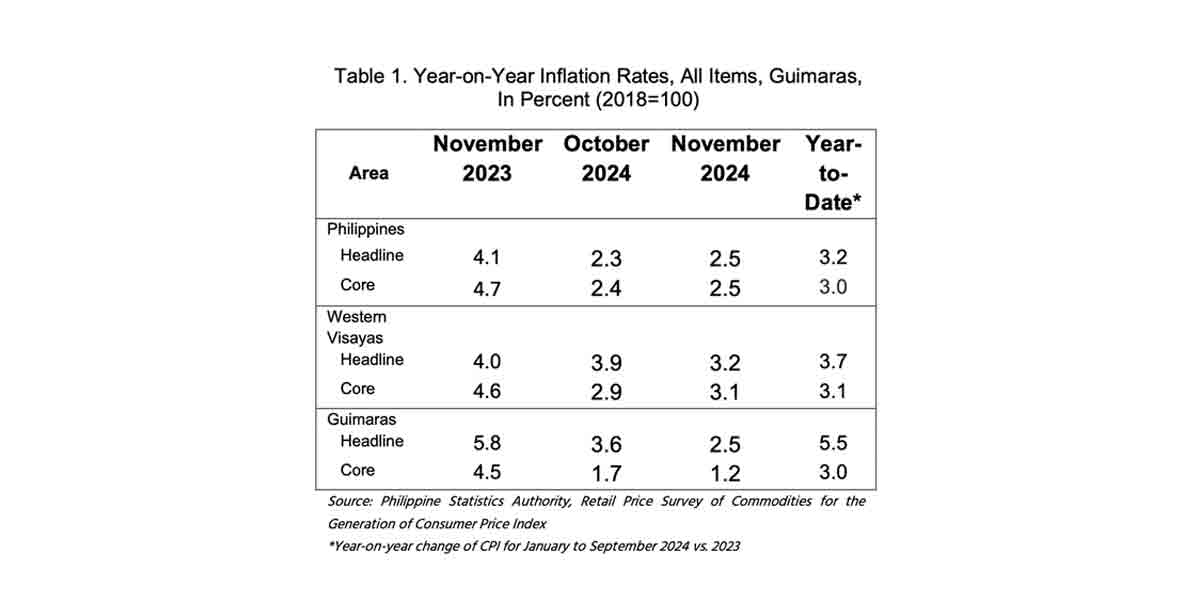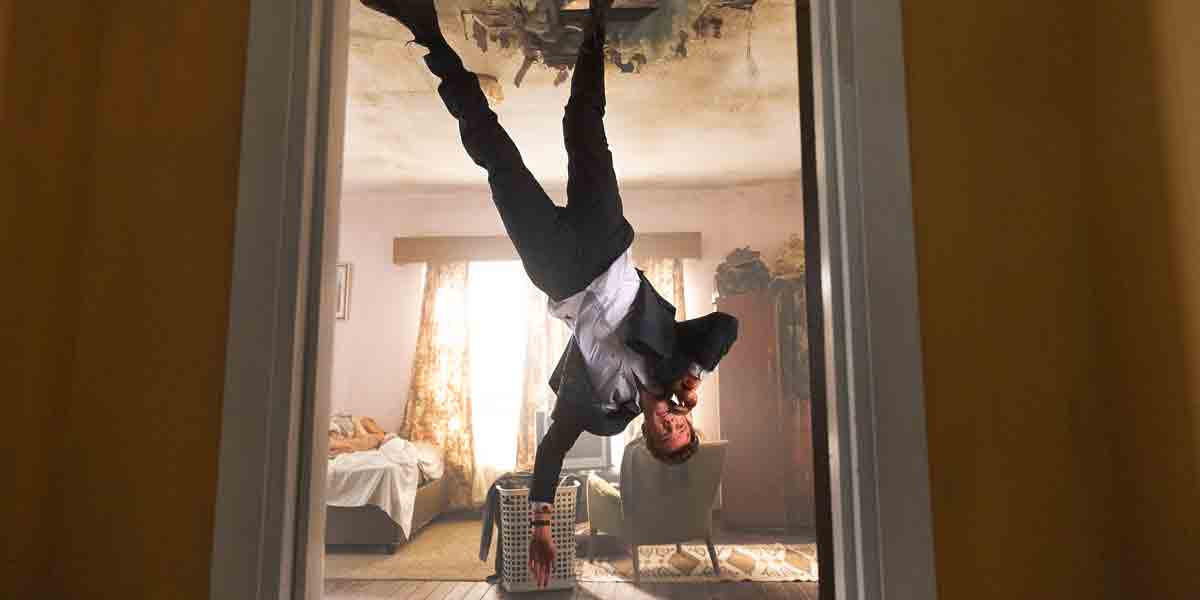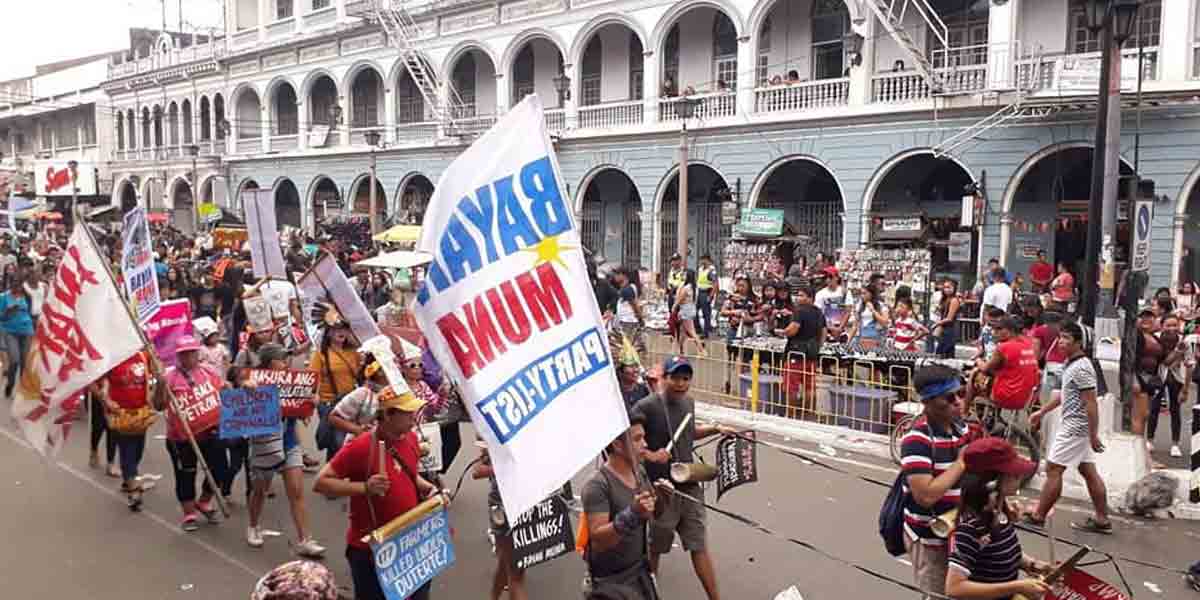 By Herbert Vego
By Herbert Vego
YOU must have heard it said that the young look forward to the future while the old, back to the past. In a sense it’s true, but if you’re 71-years-old, as I am now, looking back to the proverbial “good old days” would be worth wishing for. If I could travel back in time with only a few thousand pesos in my pocket, I would live like a millionaire.
I remember those grade-school days in the late 1950s when my late father would remind me to set aside coins (at that time mostly made of silver) for my barrel-shaped alkansiya. If I could save a million pesos in old age, he said, I would have enough to spend till death. Why not? In those days, a million pesos seemed inexhaustible. My father, a school teacher, was earning the 120-peso monthly minimum wage. But that was big enough to keep us alive and kicking.
My father was wrong. Like everyone else today, I have made millions of pesos on the job in five decades.
Today, having a million bucks stashed away in the bank would no longer go a long way. Any young family with a million would exhaust that much in only three years of moderate spending.
Sa totoo lang, we Filipinos have multiple times more money now than we had half a century ago, but with weak buying power. Today, if your wallet contains a thousand pesos, it could melt in a single visit to a mall.
It does not make sense that the Bangko Sentral ng Pilipinas still mints one, five, and 25 centavo coins which are now realistically worthless.
Not so in the past. I remember going to primary school in 1956 with a five-centavo daily baon. It was good enough for two pieces of pandesal. One centavo in that decade could buy a candy.
I was 10 years young in the summer of 1960 when our parents took us four kids to Quezon City for a two-month summer vacation. Our two-hundred-peso baon took care of the house rental, food and shopping expenses. Miraculous? Not really. One peso at that time was stronger than today’s one hundred pesos. In fact, the rental rate for the two-level apartment we shared with another family on 23-A Dapitan St. was only PHP60 per month.
I learned by heart the meaning of inflation in high school when our Home Economics teacher, Miss Diana Grasparil, announced that the price of eight-ounce soft drink had increased from ten to 15 centavos.
In 1967, prices were still very affordable. The minimum wage had increased to PHP180. As a night student, I spent my days working at the Manila International Airport post office on a six-peso daily wage.
In the mid-1970s, even when President Ferdinand Marcos had already declared martial law, the economy was still relatively stable because price increases were infrequent and would be met with salary increases. I was then working for a music recording company and was also freelance-writing for newspapers and magazines. With a wife and a baby boy, I made both ends meet on an average monthly income of PHP700, of which PHP80 went to house rental.
In Iloilo City in the 1980s, the so-called PUs (small Minica taxi cabs) were in vogue, charging a flat rate of ten pesos for an inter-city ride.
Times have changed. While much more money has gone into circulation, the average employees’ income – now no less than PHP15,000 – can no longer cope with galloping prices. In short, the Philippine peso has atrophied.
The frequent increases in oil prices have triggered irreversible inflation, where individual income lags behind expenses. It is useless to count on government for rescue. The more the abusive oil cartel increases oil prices, the more the apathetic government earns from 12% VAT.
No doubt our currency has lagged behind those of other Southeast Asian nations. Take note that when the so-called Asian crisis erupted in 1997, our peso fetched more or less PHP26 against the US dollar. Thailand’s baht was of the same value. Today, however, the baht is stronger; one baht now sells at PHP1.60.
The stagnant income of Juan dela Cruz has forced him to decrease consumption. He would buy a half kilo of meat instead of a kilo.
For the workers thrown out of employment because of the Covid-19 pandemic, it means surviving by the grace of friends and relatives.
Even the supposedly affluent Filipinos can’t seem to catch up with inflation. Working abroad for higher pay is no longer an option.
I have a friend who used to manufacture children’s clothes for export to Guam. Her business has closed as a result of competition from China.
“How can I compete?” she sighed. “I am not a smuggler. I buy expensive raw materials locally. I could not maintain the old prices of my products without losing due to cut-throat competition from Chinese manufacturers in China.”
Ay te, mabakal ta pa bakuna from China?
ILOILO NOT GIVING UP ON TOURISM
DURING a social gathering with Iloilo City tourism officer Junnel Ann Divinagracia, she said that while Iloilo City was still fighting off the pandemic doldrums, the near-dormant tourism industry would soon recover.
Why not, with both Mayor Jerry Treñas and Congresswoman Julienne “Jam” Baronda going the extra mile?
I remember a Philippine News Agency report where our good friend Perla Lena stressed the city government’s appropriation of five million pesos for the branding and promotion of the metropolis.
The Tourism Board has also set aside a PHP10-million fund for upgrading Iloilo as the bike capital of the Philippines.
Notis ba ninyo. Damu na bikers diri who speak Tagalog? It can only mean they love it here?
She quoted the mayor saying in an investment forum, “Your city continues to promote itself in spite of the pandemic. You should be very proud of being Ilonggos. We are continuing the fight.”
Three areas in the city will be prioritized for investments three years — the coastal, the circumferential, and at the radial roads – in line with the city’s Business Recovery Ordinance. Such investments will be free of business taxes and real property taxes in the meantime because they are still underdeveloped.
It is also our hope that promise that had also been promised by Treñas’ predecessors – a city hospital to address the needs of its constituents in view of congestion in public hospitals –would shape up before election 2022.
That would be good points to boost the re-election chances of both Treñas and Baronda.
Did we hear Sen. Franklin Drilon grunt?
THE NEED TO BUILD PUBLIC CONFIDENCE
MY cousin Doc Nono was asking me about an alleged discrepancy in the figures between the billing of MORE Power and his dear wife’s computation. Obviously, they counted less kilowatt-hours used than the meter reader did.
Since I could not qualify as referee on the discrepancy, I assured to bring to the distribution utility’s attention their complaint. I know fully well how strict the management is in honesty of their employees and outsourced workers. I know that they terminated the services of an agency for delayed performance and mistakes in reportage.
In fact I did talk to Ms. Ma. Cecilia “Maricel” C. Pe, head of the utility’s customer care department, to go over the complaint.
As I was saying in a previous column, the birth pain of serving 65,000 initial customers “inherited” from the previous power franchisee could truly be intimidating. Add to that the task of converting 30,000 power pilferers into enlisted paying users.
As no less than MORE President Roel Z. Castro was telling us in the media, “We have a mission for the customers of Iloilo who deserve the service they need. We in MORE can’t do this alone. We need to collaborate with people and organizations who are of the same direction and objective. I’m always for building friendship than building walls and enemies.”
It is not fair to accuse MORE of manipulating generation charges because taga-kolek lang sila in behalf of generating units like Panay Power Corporation and Aboitiz Renewables. What MORE earns are reflected in the bill as distribution cost.
Who can disagree with that?


